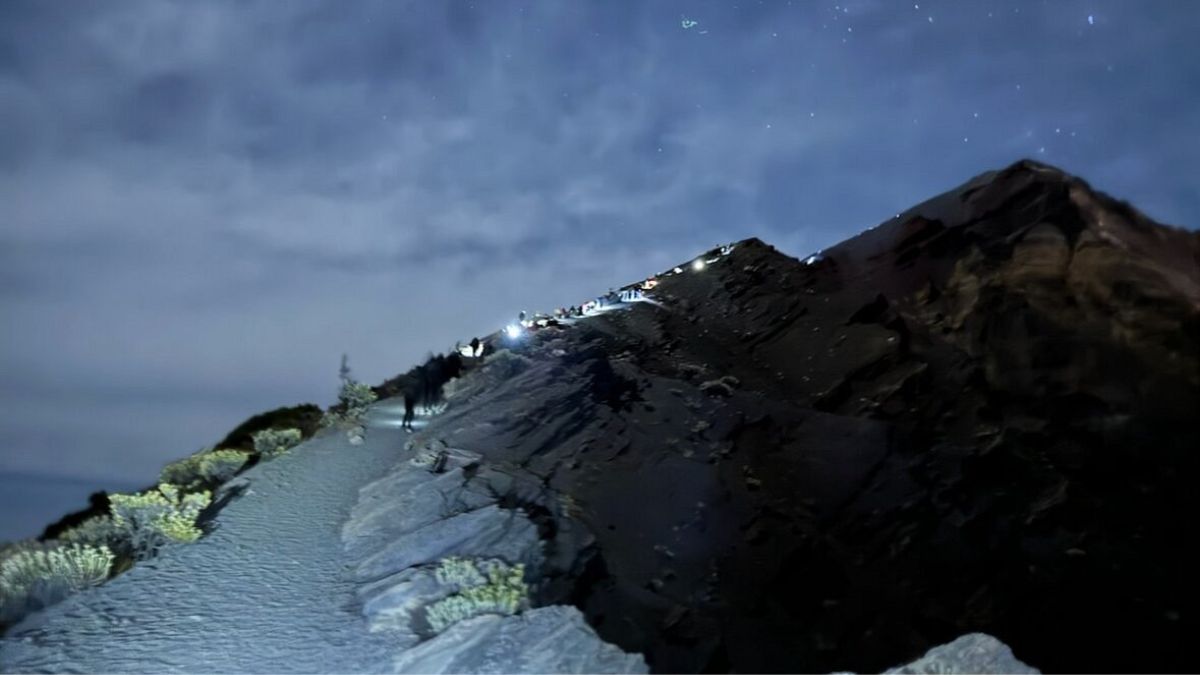- Tours
- Secret Lombok: 6 Day Wilderness Package
- 2 Day / 1 Night Mt Rinjani Summit Trek
- 3 Day / 2 Night Mount Rinjani Summit Trek
- 3 Day / 2 Night Mount Rinjani Torean Trek
- 4 Day / 3 Night Mount Rinjani Trekking Package
- 2 Day / 1 Night Senaru Crater Rim Trek
- Mangku Sakti Waterfall Day-Trip
- Gili Islands Snorkel Adventure
- Secret Gilis Snorkel & Camping Adventure
- Senaru Waterfall Tour; Sendang Gile & Tiu Kelep Waterfall
- Senaru Sightseeing & Camping Adventure
- Pergasingan Hill Camping Adventure
- Pergasingan Hill Scenic Day Trip
- Lombok Explorer
- Waterfalls to Wilderness Lombok Tour
- Benang Stokel & Benang Kelambu Waterfall Experience
- About
- Guides
- Reviews
- Contact Us

Narmada Palace: A Historic Gem of Lombok
January 9, 2025 / Lombok Island, Lombok Culture
Categories:
Introduction
Nestled in the heart of West Lombok, Narmada Palace offers visitors a unique journey into the island’s rich cultural and historical tapestry. This enchanting site, also known as Taman Narmada, is more than just a palace—it’s a sprawling water park, temple, and sacred retreat that dates back to the 18th century. For history buffs, spiritual seekers, and curious travelers, Narmada Palace is a must-visit destination.
A Glimpse into History
Narmada Palace was constructed in 1727 by King Anak Agung Gede Ngurah Karangasem of Bali. The king, who ruled over Lombok at the time, designed the site to replicate the sacred Mount Rinjani and its Segara Anak crater lake. Too old to make the arduous trek to the mountain himself, the king created Narmada as a spiritual substitute, complete with a miniature version of Rinjani’s landscape.
The palace served as a retreat, a place of worship, and a royal garden for the Balinese rulers. Today, it stands as a reminder of the island’s historical ties to Bali and a testament to the artistry and ingenuity of its builders.
Exploring the Palace Grounds
Walking through Narmada Palace is like stepping into another era. The sprawling complex is divided into several distinct areas, each with its own significance:
- The Main Gate (Bale Terang)
Upon entering, visitors are greeted by an intricate Balinese-style gate. The carvings and architecture set the tone for the cultural and spiritual richness of the site. - The Royal Garden
A lush and serene garden surrounds the palace, featuring a variety of tropical plants and trees. This area was used by the royal family for relaxation and ceremonies, and it remains a peaceful spot for visitors to soak in the beauty of nature. - Balai Loji
This section of the palace served as the king’s private quarters. While much of it is in ruins, the remnants still speak of its former grandeur. - Telaga Ageng
This large artificial lake is the centerpiece of the complex and symbolizes the sacred Segara Anak lake on Mount Rinjani. The water from the lake is believed to have spiritual significance and is used in religious rituals. - Pura Kalasa
Tucked within the grounds is the temple of Pura Kalasa, dedicated to Lord Shiva. This sacred site continues to be a place of worship for the local Hindu community and offers a glimpse into the island’s spiritual practices.
The Fountain of Youth
One of Narmada Palace’s most intriguing features is its Fountain of Youth (Air Awet Muda). Legend has it that the water from this spring has rejuvenating properties. Locals and visitors alike often wash their faces with the water or take a sip, hoping to absorb its mystical benefits.
Tips for Visiting
- Best Time to Visit: The dry season (May to October) offers pleasant weather for exploring the grounds.
- Dress Modestly: As the site includes a temple, respectful attire is required.
- Entry Fee: A small entrance fee applies, which helps maintain the site.
- Guided Tours: Hiring a local guide can enrich your experience by providing in-depth stories and historical insights.
Getting There
Narmada Palace is conveniently located about 10 kilometers east of Mataram, Lombok’s capital city. It’s easily accessible by car or motorbike, and many tour operators include it as part of cultural day trips around West Lombok.
Why Visit Narmada Palace?
Whether you’re a history enthusiast, a nature lover, or a spiritual explorer, Narmada Palace offers something for everyone. It’s a place where history, culture, and natural beauty come together, creating an unforgettable experience. For those seeking to understand Lombok’s past and its deep-rooted traditions, this historic gem is an essential stop on your journey. For something more adventurous, check out our Lombok Adventure Guide for inspiration.
Plan your visit to Narmada Palace and let its timeless charm transport you to a bygone era.
Popular Posts:
Newsletter
Sign up today and get all the latest news from Rinjani Dawn Adventures














